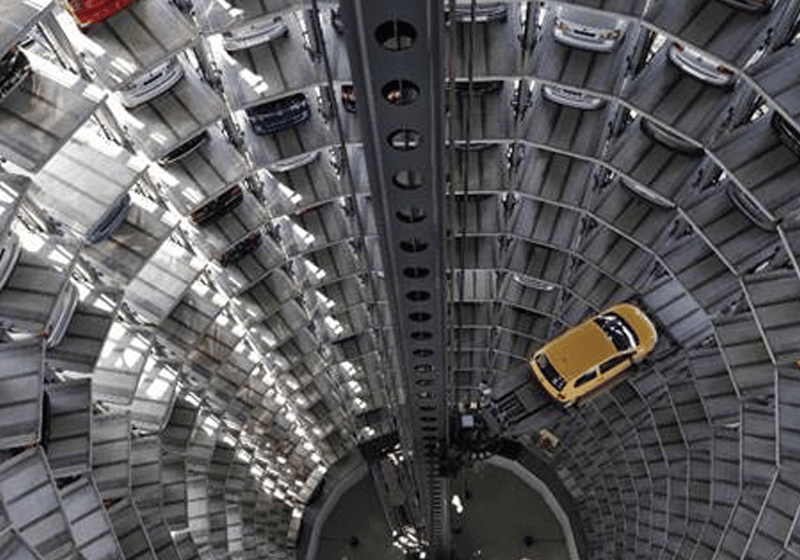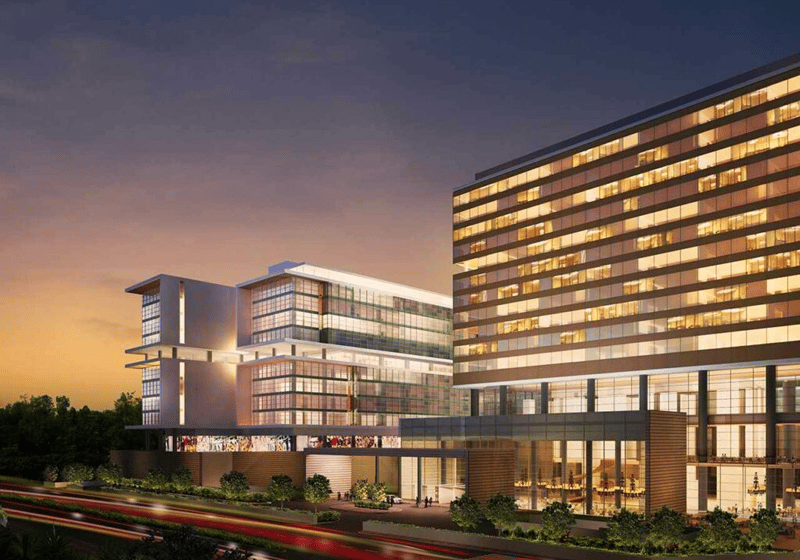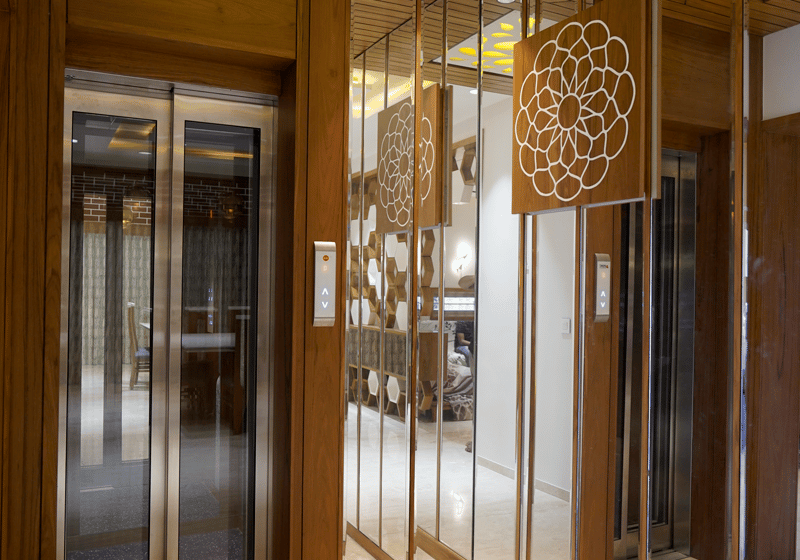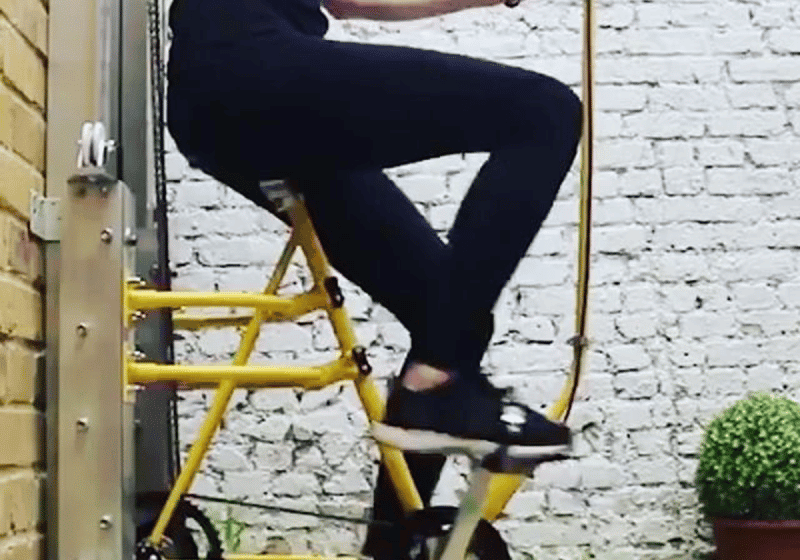Difficult terrain is easily overcome by cable cars and other means of suspended travel.
State governments in India have found a renewed interest in ropeways and alternate mobility solutions to improve urban transportation and promote tourism in India. The increased investment in ropeway projects will reduce the time between two hill stations, and its effectiveness will be especially apparent in the hilly and scenic places situated in the mountain regions. Even though it has been challenging for the governments to generate private-sector interest in ropeway projects, state governments have taken the public-private partnership (PPP) route to attract investments. Ropeway projects help reduce traffic congestion in cities like Himachal Pradesh and metropolitan cities like Mumbai and Bengaluru, where aerial ropeways are a good option for public transportation.
To understand the ropeway systems and their advantages, we must look into the technologies involved and the kind of systems that will be used for public transportation and be commercially viable:
- Cable car systems — These systems push carriers or cabins via a cable. They are typically engine-less and used in areas where conventional transportation is not possible.
- ART technologies — ART technologies that have been used as mass transit modes in urban areas include four technologies: aerial tramways, monocable detachable gondolas (MDG), bicable detachable gondolas (BDG) and tricable detachable gondolas (TDG)
- Aerial tramways – Aerial tramways have two cabins situated at opposite ends. As one cabin goes up, the cable span helps the other to be pushed in the other direction. Aerial tramways can accommodate up to 500 passengers, depending on the size of the cabin.
- Monocable detachable gondolas — DGs are attractive additions to public transit systems thanks to their cost-effectiveness. MDGs are supported by a single cable that allows the cabins to be detached while stationary. The only drawback with this technology is that its functioning is affected when the wind speeds are too high.
- Funifor — This relatively new technology is a variation of the aerial tramways. The funifor can remain stable even in high wind, and the design helps in case of emergency evacuations as a bridge is connected between two adjacent cabins.
PPP
In 2018, Niti Aayog released the Model Concession Agreement for implementing ropeway projects in India under the PPP Framework on Develop, Build, Finance, Operate and Transfer (DBFOT) basis. The authority in passenger ropeways is normally the Department of Tourism/Ministry of Tourism, and includes agencies in urban transport or an urban local body. Two of the big ropeway projects currently in India are the Rohtang ropeway project being built on the PPP model by the Government of Himachal Pradesh. Another one recently opened to the public in Guwahati and is the longest river ropeway project connecting the north and south banks of the Brahmaputra River.
Regulatory Development
Ropeways and alternate mobility solutions like cable cars and funicular railways in India are under the authority of the Ministry of Road Transport and Highways (MoRTH) by amending the Government of India (Allocation of Business) Rules, 1961. MoRTH has the power to formulate an institutional, financial and regulatory framework for technology making the ropeway and alternate mobility solutions a better organized and regulated sector. This move will make the transport sector more inclusive, as connectivity will be brought to remote areas and those with difficult terrain.
Local ropeway manufacturers have welcomed the move to place ropeways under MoRTH with the expectation they will get clearances and other applicable permits faster than before. Manufacturers are hopeful that, with the change in the ministry and under the Atmanirbhar Bharat mission, they will get priority over foreign players while eliminating unfair contract terms. Another challenge relating to costs stems from the high Goods and Services Tax (GST), which is currently at 18%. An amendment to this effect shall be required to make ropeways attractive.
International Experience
- Sochi, Russia: During the 2014 Winter Olympics in Sochi, lifts with 53 cabins were installed to carry 4,500 passengers/h to the Olympic Village. This reduced congestion on the roads, as well as the degree of environmental damage.
- Cable of Constantine, Algeria: In rugged topography, an ART line was started in 2008, becoming popular among citizens as it helped transport 10,000 people per day. The success encouraged the government to initiate four more ART lines, thereby reducing the traffic congestion.
- Medellin Metrocable, Colombia: Medellin is situated in a valley surrounded by hills, giving it limited access and limited public transportation options. The government decided to open its first gondola line to connect the local population to the biggest transportation system, the metro line, which was well-connected to other areas. The system eventually helped reduce the time needed for daily commuters to reach their workplaces. It also proved to be cost-effective.
Conclusion
In coming decades, ropeways will be seen as a favorable alternative to urban transportation and will attract huge investments if required policy initiatives are undertaken in India and around the world. India is becoming a preferred tourist destination, and ropeways will contribute to the sector by making transportation in hilly areas and scenic routes more convenient and faster. Cable cars and ropeways have proven to be very successful in countries like Bolivia, Vietnam and the U.S.
References
[1] skyviewpatnitop.com/blogs/ropeways-the-future-of-urban-transportation-and-tourism/
[2] investindia.gov.in/team-india-blogs/aerial-ropeways-connectivity-and-tourism
[3] ropewaystransport.com/technology.php
Get more of Elevator World. Sign up for our free e-newsletter.







